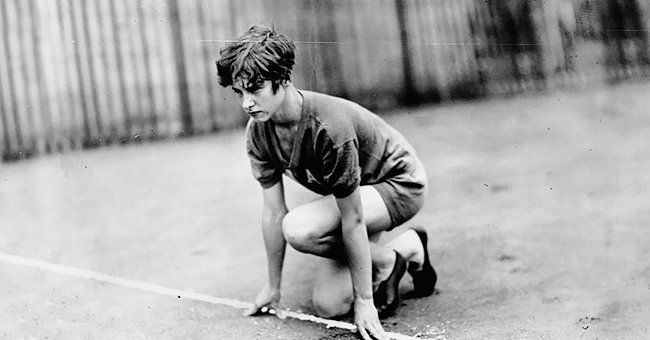
Betty Robinson Was Mistakenly Taken to Undertaker after Her Attempt to 'Cool off' Went South
The world has heard of various tales, but stories of an Olympian who came back from the dead and clinched gold is almost like a tale from a children’s storybook, but it indeed happened.
In the summer of 1931, a young athlete, Betty Robinson, whose future on the tracks was already guaranteed to be successful, experienced not only a life-changing moment but a historic one following a crash.
Robinson had already clinched gold in the 1928 Olympics and was gunning for her second medal in the 1932 event. Things would have gone smoothly if not for a hot afternoon.
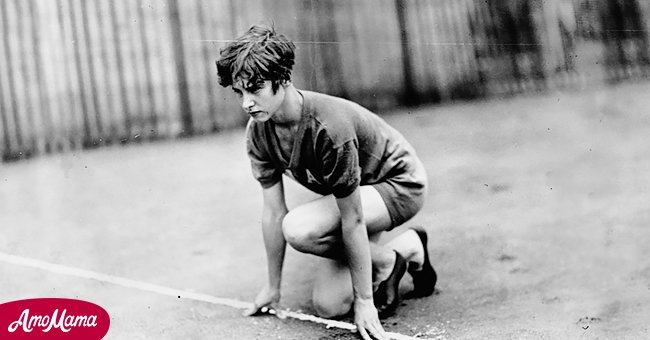
Betty Robinson in the 100-meter race at the 1928 Olympic games | Source: Getty Images
The weather was sunny and hot and left the pacy Robinson seeking a place to cool off. Her cousin, Wil, an experienced pilot, assured the young runner that it would be cooler up in the skies, and they both went up for a ride in the clouds.
What would have been a cool experience in the sky was suddenly halted, and their plane came crashing down just outside of Chicago. Pilot Wil survived, but his legs suffered severe damages.
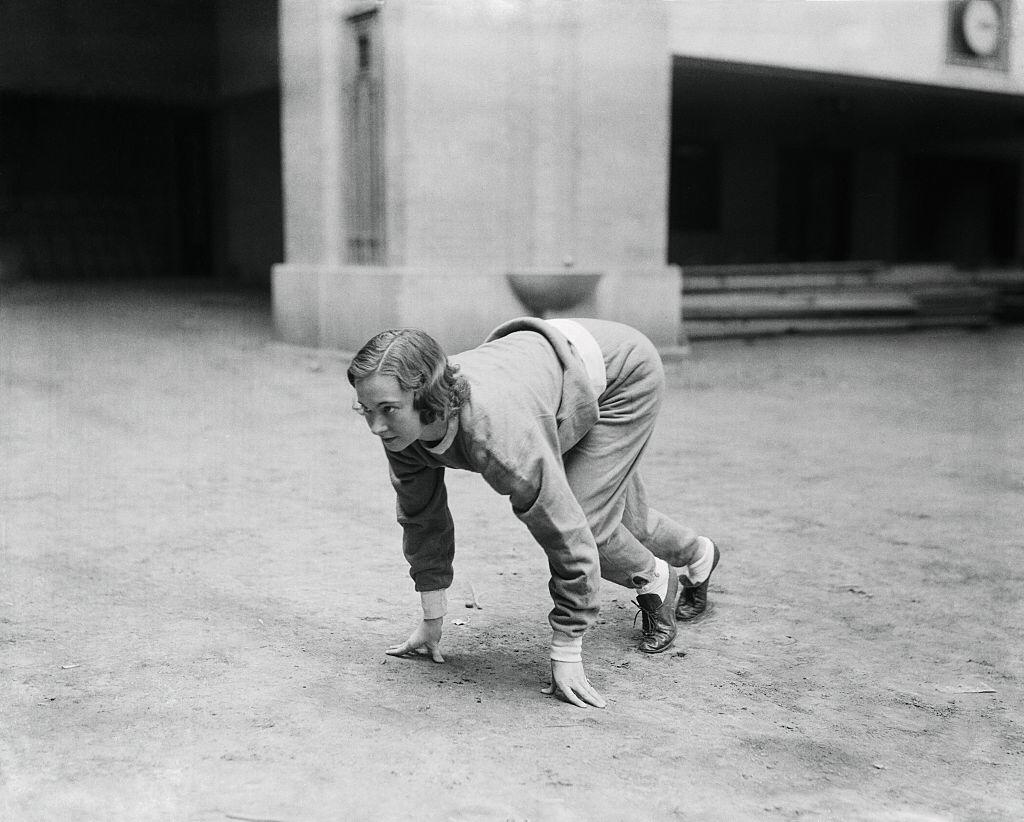
Betty Robinson was pictured during one of her now daily workouts in the gymnasium at Northwestern University, where she was a co-ed on November 2, 1932 | Photo: Getty Images
Robinson was found unresponsive with blood dripping from her head. The man who found her assumed she was dead and, rather than take her to a hospital, took her straight to the undertaker.
Her body was severely injured from the crash. According to reports, one of Robinson’s legs was twisted, broken in three places. In addition to that, her left arm was shattered, and there was a deep gash over her right eye.
In 1971, the U.S. Olympic Committee inducted Betty Robinson into their Hall of Fame.
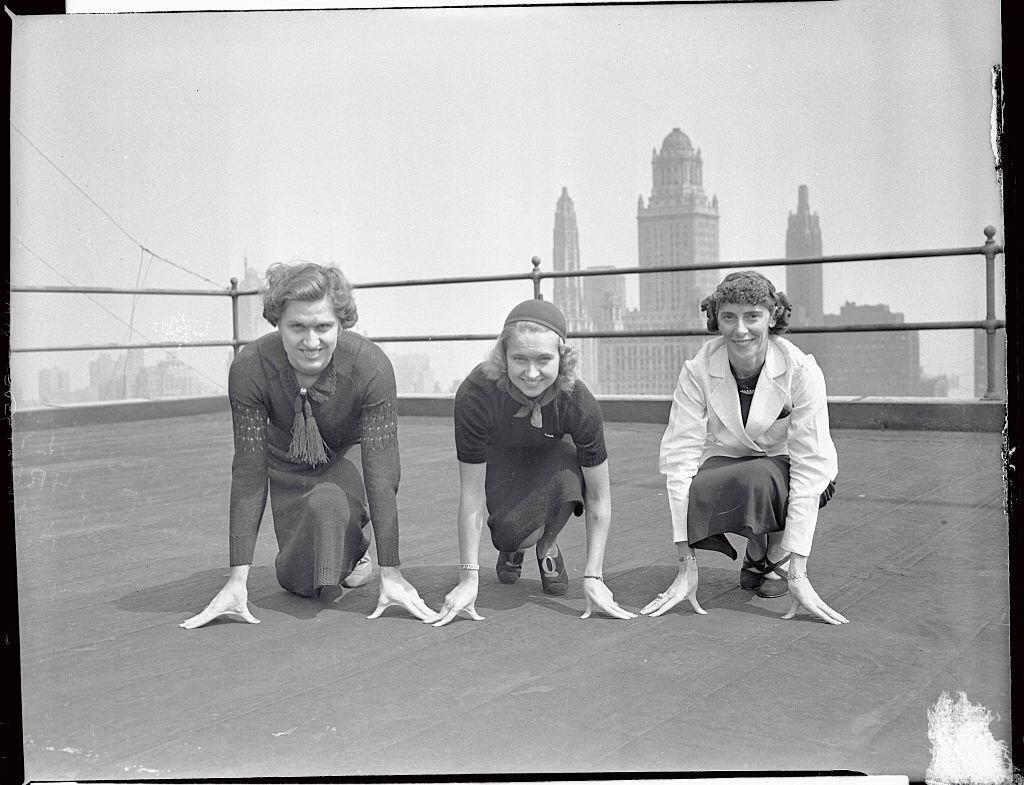
Helen Stephens, Betty Robinson, and Dee Boeckman, pictured in Chicago after they signed contracts to turn professional on September 08, 1937 | Photo: Getty Images
Fortunately, the undertaker was an observant fellow. He observed that Robinson was breathing, and afterward she was taken to a proper facility to receive better care.
While it was good news that she survived the fall, the doctors had bad news for her career. The state of her leg injuries made it almost impossible for the doctors to see her walk again, let alone return to the tracks.
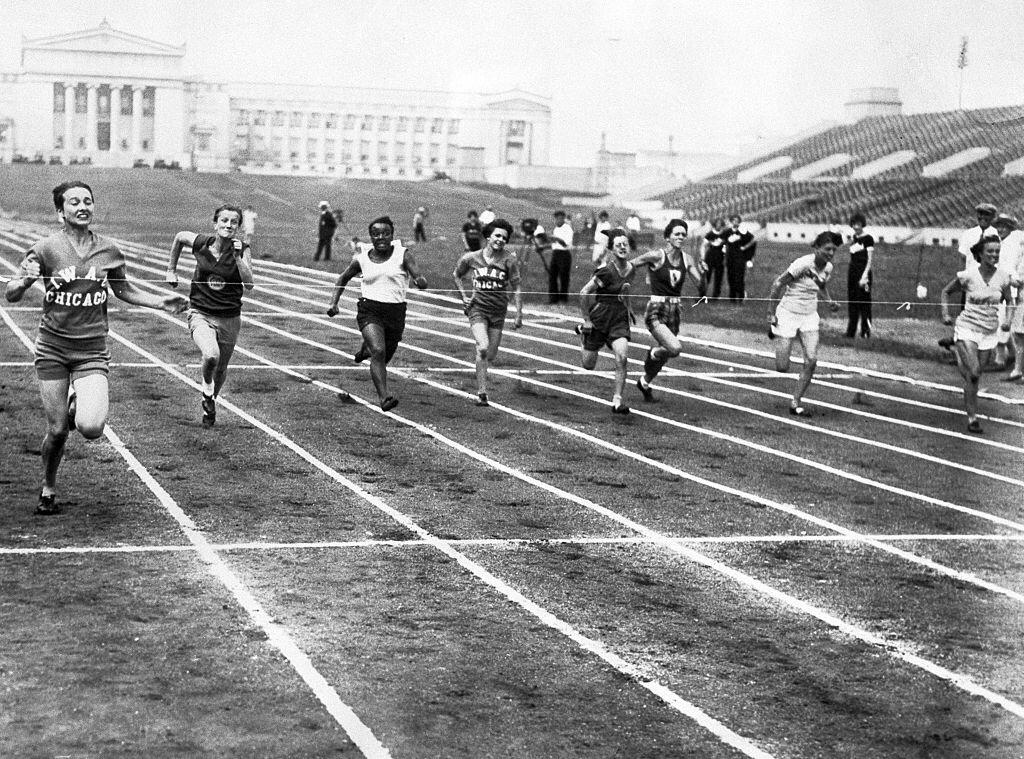
Betty Robinson breaking the tape in the 50 yard dash in the record breaking time of 5 4/5 seconds in the Women's AAU Championships in Chicago on July 28, 1929 | Photo :Getty Images
At first, the Olympian was discouraged, but with the help of her brother-in-law, she was inspired to leave her bed and take a few walks. After a while, she began to run and, afterward, regained her pace.
Robinson’s recovery was not a smooth path. It took determination and efforts that lasted five years before she returned to the tracks. Robinson’s injuries prevented her from getting into the crouch that sprinters must assume at the start of a race.
Her only option to reclaim her glory was to be a part of the relay team and ensure she was not the first runner so she would not have to crouch. But, unlike in 1928, getting into the 1936 team was tougher.
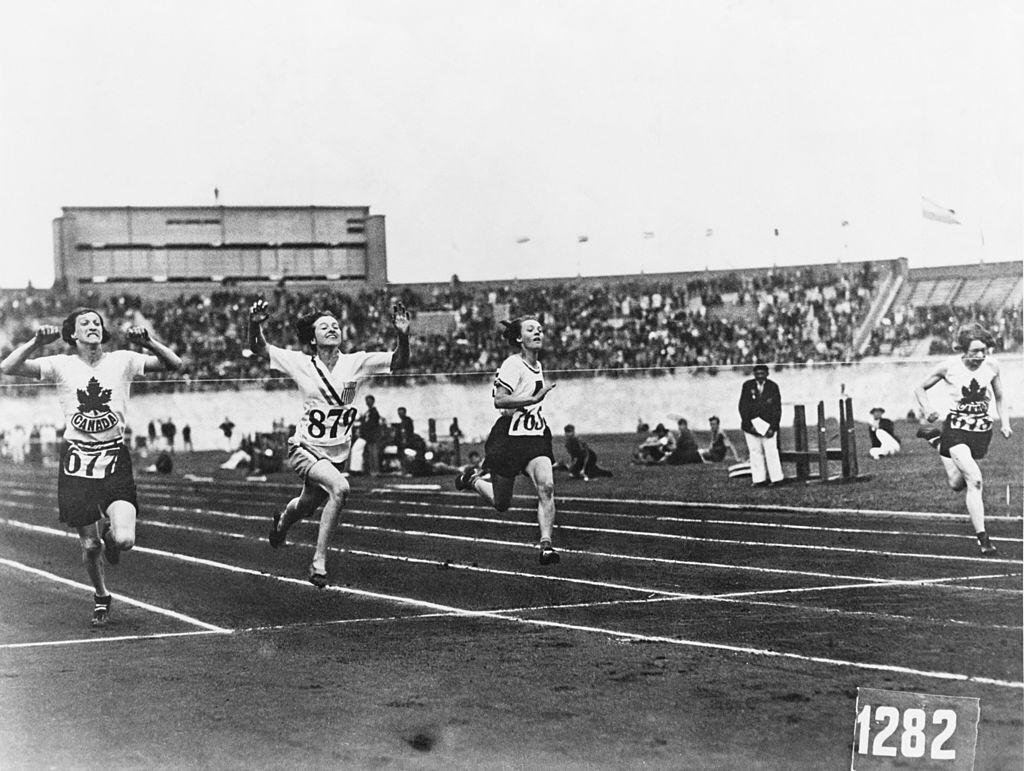
American athlete Betty Robinson (second from left) wins the final of the women's 100 Metres event during the Olympic Games at the Olympic Stadium, Amsterdam on July 31, 1928. | Photo: Getty Images
Robinson had spent her fortune on her rehabilitation and was left with nothing to foot her bills for the Olympics. As a result, she sold her old ribbons and pins from the 1928 Olympics to fund her dream.
Finally, she got her dream in Berlin, where she won a second gold medal. She eventually married a businessman and started a family, knowing her career was over.
In 1971, the U.S. Olympic Committee inducted Betty Robinson into their Hall of Fame. She has been hailed for her role in opening the door for female track events, and at
in 1999, aged 87, she remained an
icon.
The information in this article is not intended or implied to be a substitute for professional medical advice, diagnosis or treatment. All content, including text, and images contained on news.AmoMama.com, or available through news.AmoMama.com is for general information purposes only. news.AmoMama.com does not take responsibility for any action taken as a result of reading this article. Before undertaking any course of treatment please consult with your healthcare provider.
